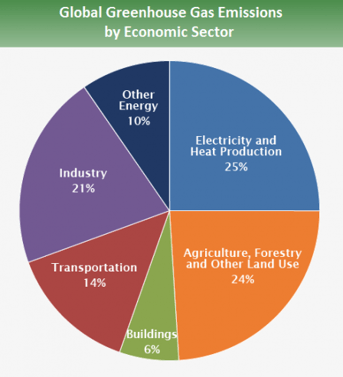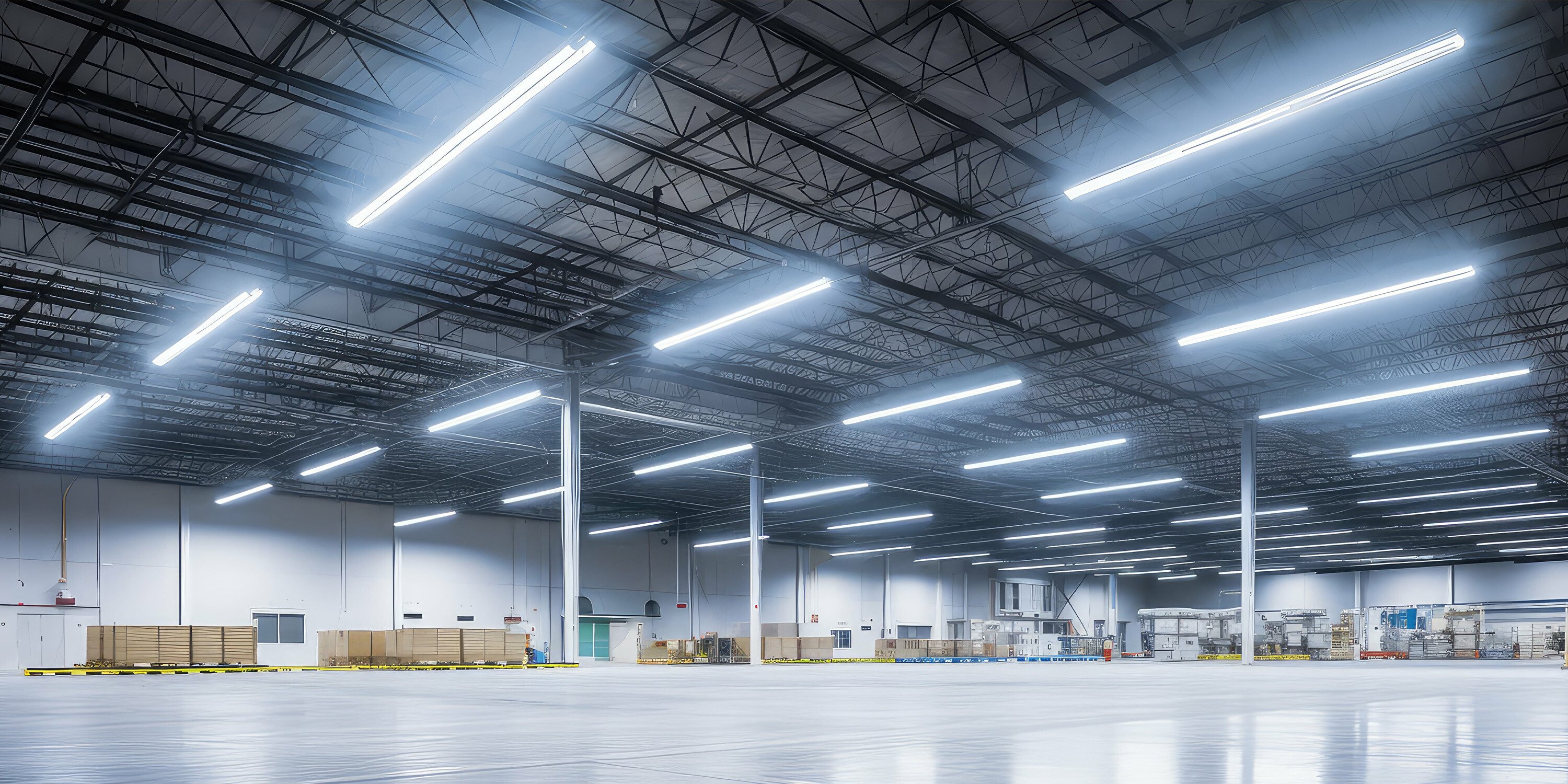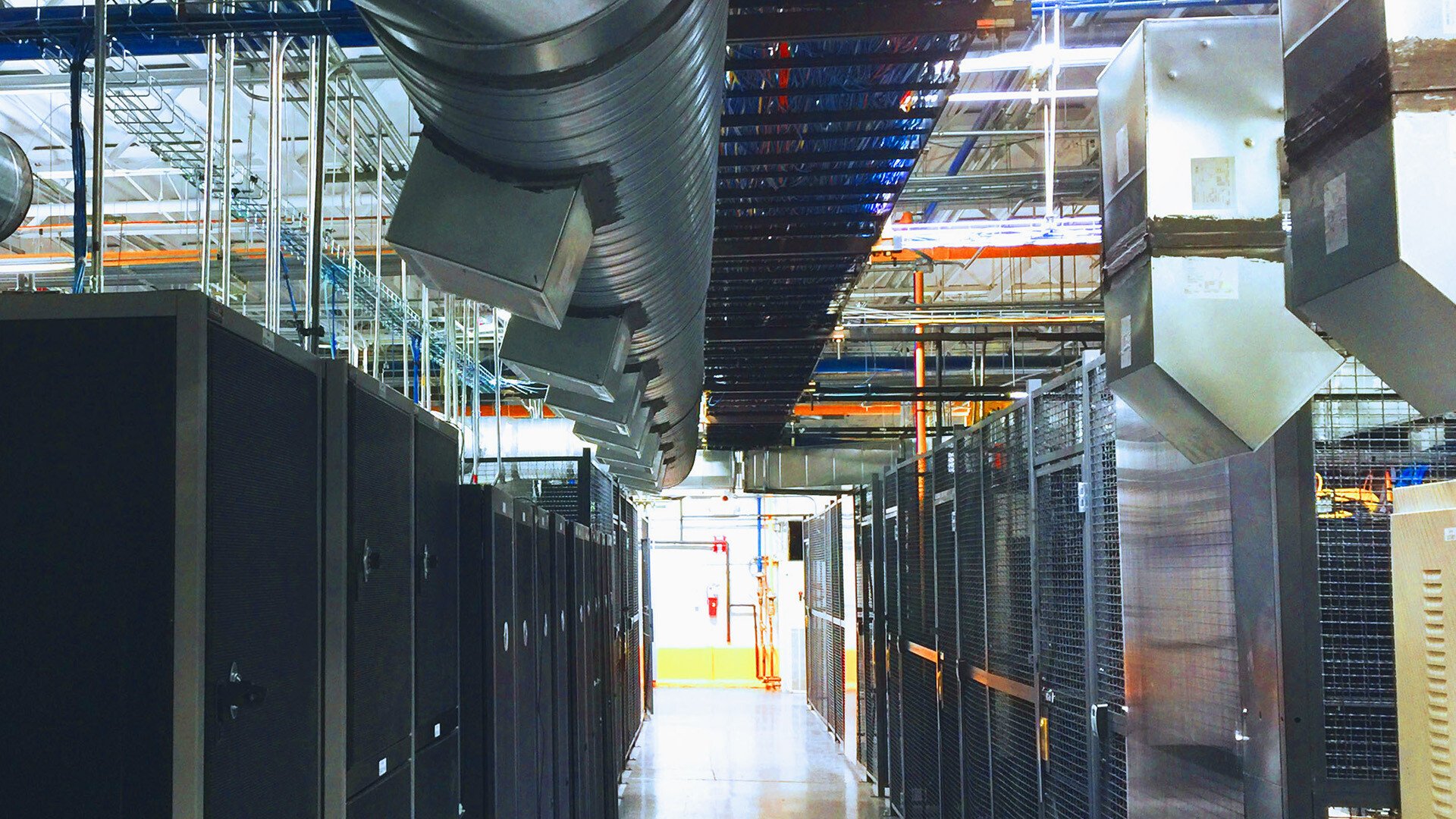Energy Efficiency | November 4, 2020
Sustainability, Carbon and Legislation [NYC Climate Mobilization Act]
Carbon is all around us. Planes, trains and automobiles produce carbon emissions, and our own energy expenditures add to the growing need for carbon offsetting. Cities and states around the United States have altered legislation and formulated plans and solutions to combat this ongoing issue. New York City has recently led the charge in carbon reform through Local Law 97, which is one part of the bigger picture stemming from the Climate Mobilization Act. While NYC’s legislation is more progressive than most, it’s important to note the reasons why this is happening, what the future holds for energy legislation and the role energy efficiency plays in carbon offsetting.
The impact of carbon emissions over time
Carbon emission generally refers to the compound carbon dioxide (CO2). It is emitted into the atmosphere through natural exchanges between our oceans and atmosphere, as a biproduct of plant and animal respiration as well as other natural processes that naturally balance out over time.
Humans, however, have thrown a wrench in this cycle through deforestation and burning fossil fuels, creating an excess of CO2 and other greenhouse gasses in our atmosphere. CO2 absorbs radiation and prevents heat from escaping the atmosphere, leading to abnormal weather patterns, higher global temperature averages and subsequent climate change.
The Intergovernmental Panel on Climate Change (IPCC) recently released a special report aimed at policymakers about the role they play in the mitigation of climate change. In this report, the IPCC highlights the harmful effects that climate change will have on global agriculture and weather patterns worldwide. They also acknowledge how climate change tends to affect those living in poverty the most through poor air and water quality, severe storms, natural disasters and general threats to overall health and security. The report emphasizes that this severe harm is in the near future, and that the need to respond now is paramount.
The concerning factors they point out are the catalyst for a series of legislative decisions aimed at lowering carbon emissions for a number of communities across the US, including – and led by – New York City.

Image source: epa.gov
How Local Law 97 is NYC’s response to carbon emissions
“Local Law 97 is not New York City’s first attempt to tackle emissions from buildings, which are responsible for nearly 70 percent of the city’s greenhouse gas emissions.”
Individuals and businesses can take appropriate energy efficiency measures and participate in reforestation and renewable energy programs to aid in the offset of carbon emissions. However, widespread emissions reduction requires the collaboration of large groups of people. Therefore, Local, State and Federal governments have developed standards with the hopes of meeting vast emissions reduction goals down the line.
One of New York City’s latest pieces of carbon legislation, Local Law 97 is part of the Climate Mobilization Act and aims to curb emissions by requiring buildings over 25,000 ft2 to lower their emissions by 40% by 2030, and by 80% by 2050.
This makes it the most ambitious of its kind, and the NYC Progressive Caucus on the New York City Council have called it “the largest single carbon-reduction effort that any city, anywhere, has ever put forward,” set to impact over 50,000 buildings across the city. Building owners could face millions of dollars in fines beginning in 2024 if not compliant by then.
This anticipated cut in carbon emissions is huge. In a recent summary report on the law, Urban Green Council states that “For covered buildings, that’s a 26 percent carbon cut (5.3 million metric tons) from today, the equivalent of San Francisco’s citywide emissions.” We should expect trends like these to continue and carbon emission reductions to be significant, meaning it is important to act today to reduce the emissions of all large commercial/industrial buildings.
Besides NYC, how are other states handling high carbon emissions?
New York isn’t the only city taking action to lower their carbon footprint. Jurisdictions in Washington, DC and Washington State have implemented energy efficiency requirements for existing buildings with the promise of greater savings in residential multifamily properties and commercial buildings.
Starting in 2026, existing buildings in Washington, DC must meet specific requirements that will be based on the ENERGY STAR standard. If set standards aren’t lower than the ENERGY STAR median score, buildings must reduce their energy use by at least 20%. Similar mandates are in place in Washington State, and these standards are expected to be updated every 5 years.
Efficiency improvements to existing buildings and facilities, as well as proper energy management, is imperative to stay ahead of costly government fines and mandates.
Whether you own, operate or manage a building facing legislative standards – or just want to be more carbon-conscious – an energy audit performed on your building is the ideal place to start.
Efficiency solutions for meeting carbon emissions limits set by the Climate Mobilization Act
“Building upgrades would transform the carbon landscape since they are responsible for two-thirds of NYC’s annual emissions.”
Efficiency solutions are energy services designed to lower facility energy use and corresponding carbon emissions. To determine the right solutions, most building owners/operators will need to start with an energy audit.
Energy audits are a detailed survey of your building’s energy usage and offer a snapshot of potential energy-efficient solutions. These solutions can be custom engineered to meet your building’s and industry’s requirements. Solutions range from lighting retrofits to HVAC, mechanical and building management system upgrades.
Tax incentives and utility rebates are also available to help lower the upfront capital outlay for projects. With a 2024 deadline looming in NYC, acting sooner rather than later allows for completed projects to start reaping the benefits of annual savings, as well as work to meet Local Law 97 emissions goals.
Buy it now instead of paying for it later is my advice for avoiding costly fees. Staying proactive and informed on your immediate options will not only save you money but will lower your carbon footprint and ultimately help preserve our planet.
This blog post is part of a multi-post series surrounding the new legislation Local Law 97, affecting thousands of buildings and businesses across New York City. This series aims to look at multiple viewpoints on the new law and how it can affect your business, as well as how you can work to avoid noncompliance fines by acting today.
More information about Local Law 97:
Related Posts
Discover more content and insights from Mantis Innovation

The Cost of Inaction: Why Businesses Should Act Now on Energy Efficiency
In today's fast-paced business environment, the financial and operational losses businesses incur by delaying energy efficiency improvements, the "cost of inaction," is more relevant than ever.

In today’s AI era, human intelligence is the key to data center facility and energy optimization
Nowhere else in modern industry do artificial and human intelligence converge with such transformative potential as in the world of data centers. As AI's extraordinary growth accelerates demand for

Your Guide to LED Lighting for Business and Commercial Buildings
Never to be underestimated, LED lighting and well-designed lighting retrofits and upgrades offer businesses big improvements like reduced energy costs, reduced emissions, and improved working

Five Trends Driving Data Center Facility Energy Optimization
Today’s digital economy, commercial and industrial digitalization, and the recent explosion in artificial intelligence and machine learning (AI/ML) powered computing are driving massive growth in